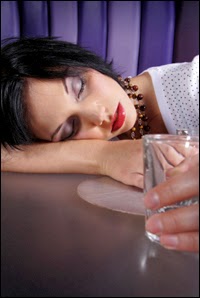Teens Don't Drink Normally - Parents Beware

Adolescents drink for different reasons than adults. Adults drink to socialize and may have a few glasses of wine or beer while attending a social event, watching sports or sitting on the patio enjoying the summer. Adolescents tend to "binge drink," that is they drink for effect and to get drunk quickly. This can also be accompanied by mixing alcohol with energy drinks, a dangerous concoction that energizes and removes inhibitions at the same time. According to the Centers for Disease Control, 90% of teens who drink engage in binge drinking, defined as 4 drinks or more per occasion for women, and 5 drinks or more per occasion for men. Emergency room physicians routinely find that teens admitted to the ER have extremely high Blood Alcohol Levels, many times the legal limit for driving (.08). For example, over 200,000 adolescents are admitted to emergency rooms every year for alcohol related reasons. Colleges and a few private substance abuse counselors now offer alcoh
